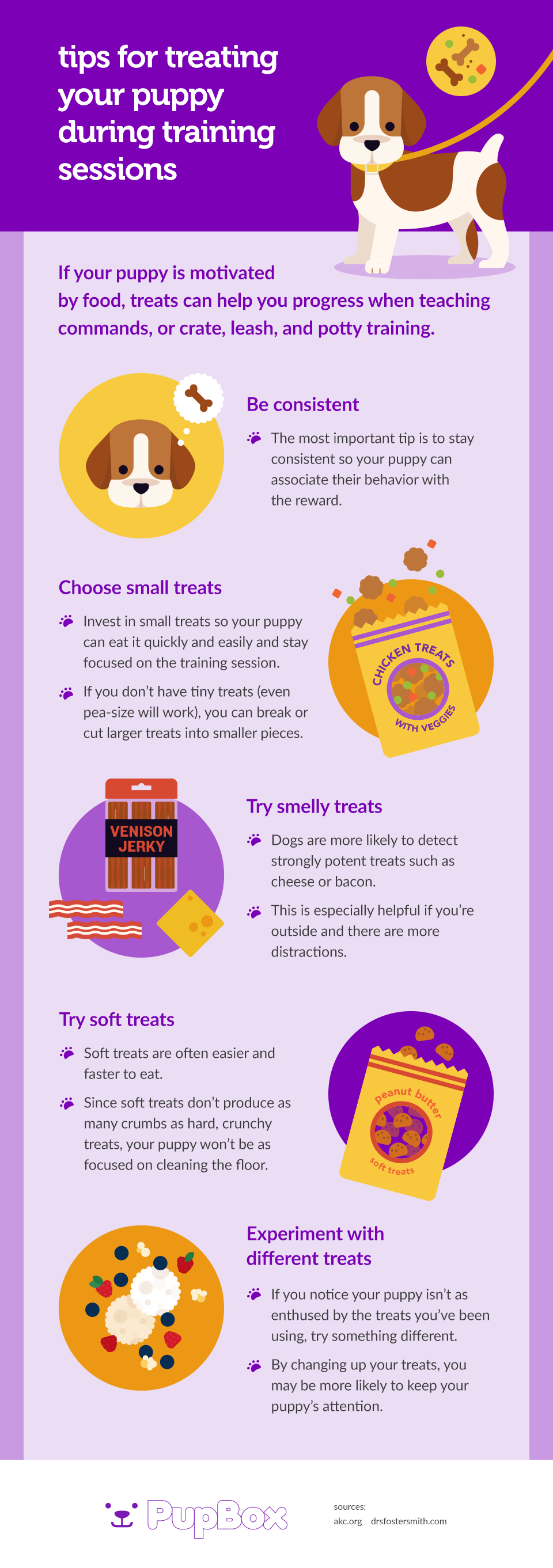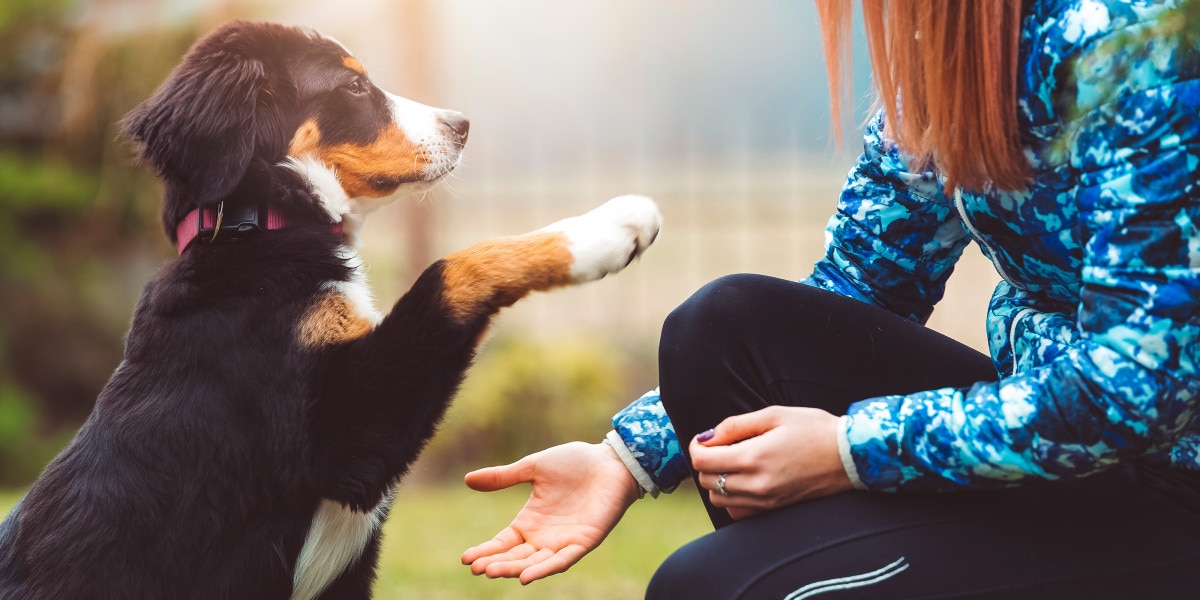Puppy Training 101: How to Start Teaching Your New Pup Right Away
Puppy Training 101: How to Start Teaching Your New Pup Right Away
Blog Article
Leading Puppy Educating Strategies to Make Certain a Well-Behaved Family Pet
Reliable puppy training is crucial for cultivating a mannerly companion, and various methods can substantially affect a pet dog's growth. As we discover these methods better, it comes to be clear that the success of puppy training pivots on a combination of techniques that can transform your family pet's behavior in exceptional methods.
Favorable Reinforcement Strategies
Using favorable reinforcement techniques is crucial for reliable puppy training, as it motivates wanted behaviors with rewards instead of penalty. This method maximizes the all-natural learning processes of pet dogs, strengthening etiquette by providing prompt and tangible rewards, such as treats, appreciation, or playtime. By connecting favorable end results with certain actions, pups are more probable to duplicate those behaviors in the future.
Effective positive support involves timing and uniformity. Benefits should be offered instantly after the desired actions strikes develop a clear link in the puppy's mind. Additionally, varying the types of benefits can preserve a young puppy's passion and motivation throughout the training process. Some young puppies may react better to spoken appreciation while others may prefer a favored toy or treat.

Uniformity in Training Commands
Keeping consistency in training commands is vital for reinforcing the lessons learned via positive reinforcement techniques. Dogs grow on regular and predictability, so using the exact same verbal commands and hand signals for certain habits is important. This uniformity aids puppies comprehend what is anticipated of them, minimizing complication and aggravation for both the animal and the instructor.

Timing also plays a significant duty in consistency. Commands should be provided quickly throughout training sessions and adhered to instantly by favorable reinforcement, such as deals with or appreciation. This prompt feedback helps strengthen the association in between the command and the preferred behavior.
Including uniformity right into training sessions will produce a stable understanding atmosphere, promoting quicker mastery of commands. Ultimately, a well-structured method fosters a solid bond in between the young puppy and its proprietor, bring about a more obedient and well-behaved animal.
Socialization With Various Other Family Pets
Socializing with other animals is vital for a young puppy's advancement, as it assists them find out appropriate behaviors and communication abilities in diverse social contexts. Early interactions with various pets can considerably affect a puppy's temperament and adaptability in different scenarios. When puppies are subjected to a selection of pets, they become a lot more certain and much less afraid, which can stop possible behavior issues later in life.

In addition, observing body movement during interactions is vital. Educate your pup to acknowledge signals from other pet dogs, such as indicators of playfulness or discomfort, fostering common regard and understanding. Routine socialization not just improves your puppy's social abilities however also adds to their total well-being, producing an extra unified living environment. In verdict, prioritizing communications with various other family pets will produce a socially adept and all-round canine.
Cage Training Benefits
Identifying the many benefits of cage click site training can significantly enhance both the pup's and proprietor's experience. Crate training supplies a secure and risk-free atmosphere for puppies, guaranteeing they feel shielded when laid off. This feeling of protection can dramatically lower anxiety and tension levels for both the pet and the owner.
Additionally, dog crates function as a useful house-training tool. Puppies naturally stay clear of dirtying their resting area, thereby motivating them to hold their bladder up until they are allow outdoors. This instinct can speed up the house-training process, fostering great behaviors beforehand.
When unsupervised,Crate training also aids in handling a young puppy's actions - puppy training. By supplying a marked room, proprietors can protect against destructive behaviors, such as chewing on furniture or entering into harmful substances. Additionally, pet crates can be useful throughout traveling, offering a familiar area that can assist relax a puppy in new atmospheres.
Last but not least, developing a crate routine encourages freedom, permitting pups to find link out just how to be alone without anxiety. On the whole, pet crate training is an efficient technique for advertising serenity, safety and security, and discipline, causing a well-adjusted, mannerly family pet.
Chain Training Fundamentals
Leash training is a basic element of liable animal possession that guarantees a pleasurable and secure walking experience for both the pup and its proprietor. Appropriate chain training begins early, preferably during the pup's socialization duration. When out in public., this training assists establish excellent routines and promotes favorable behaviors.
To begin, choose a comfortable collar or harness that fits your young puppy well. Attach a strong leash, ensuring it is not too long, as this can cause drawing and irregular behavior. Begin in a silent setting to minimize distractions and gradually introduce your young puppy to brand-new environments.
Usage positive reinforcement techniques, such as treats and praise, to motivate your young puppy to stroll close to you. If your puppy pulls, quit strolling and wait for them to return to your side before proceeding. This shows them that drawing will certainly not produce ahead motion. Consistency is essential; method routinely and remain client, as mastery takes time.
In addition, include brief training sessions with enjoyable distractions to build your young puppy's emphasis. With commitment and determination, leash training will cause a well-mannered friend, making walks enjoyable for both the proprietor and the young puppy.
Verdict
In verdict, employing efficient puppy training methods is essential for creating a well-behaved animal. Overall, these techniques jointly promote an unified partnership between young puppies and their proprietors.
As we explore these techniques additionally, it becomes clear that the success of puppy training hinges on a mix of strategies that can transform your family pet's actions in remarkable methods.
Making use of positive reinforcement methods is essential for effective young puppy training, as it urges desired see habits with incentives rather than punishment.Crate training additionally assists in managing a pup's behavior when not being watched.Leash training is a fundamental element of liable pet possession that ensures a satisfying and risk-free strolling experience for both the puppy and its proprietor.In conclusion, utilizing reliable pup training strategies is essential for establishing a mannerly pet.
Report this page